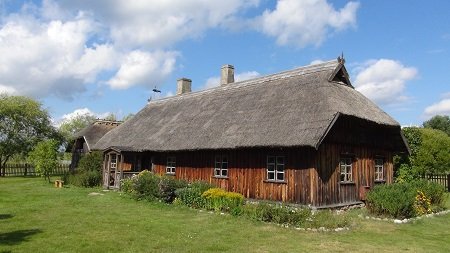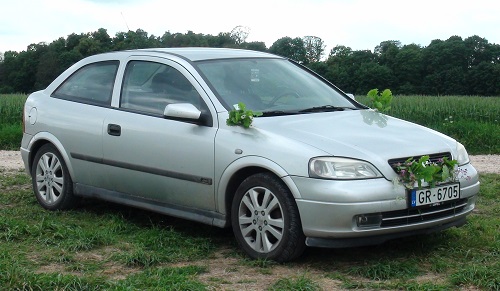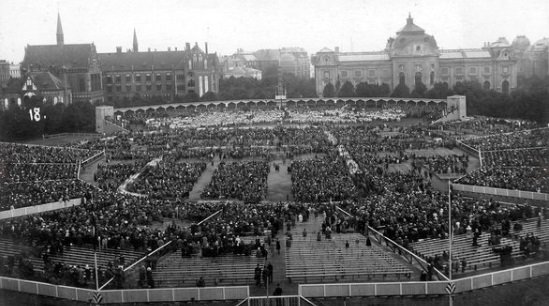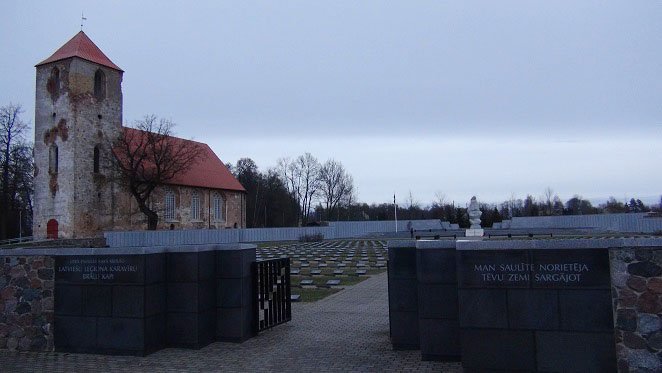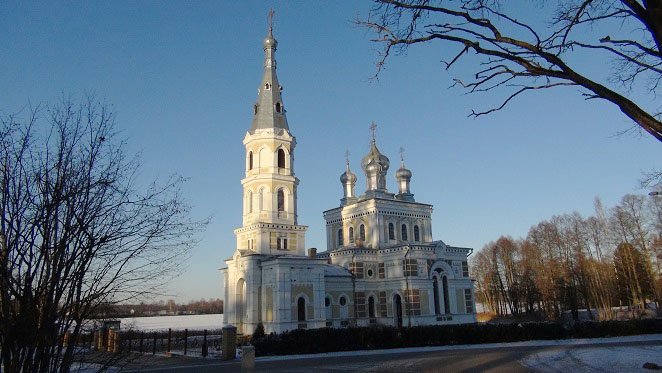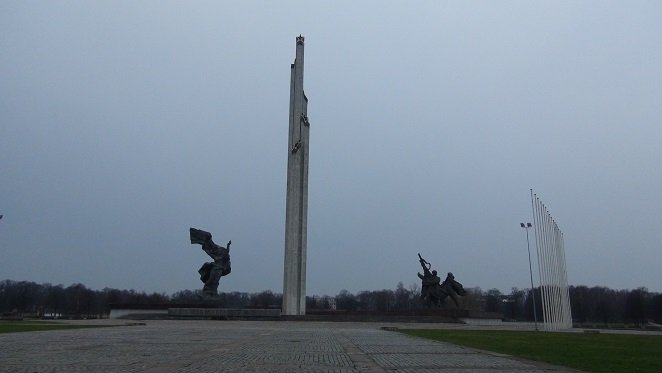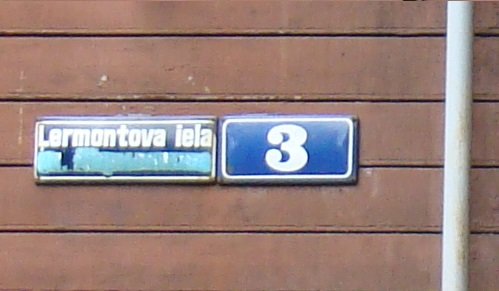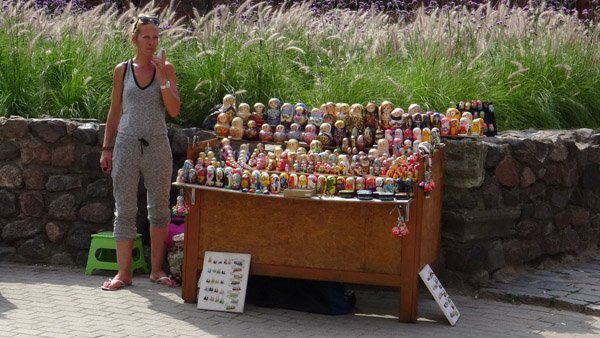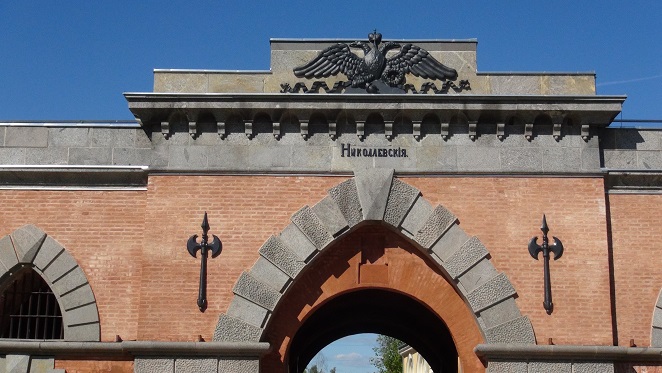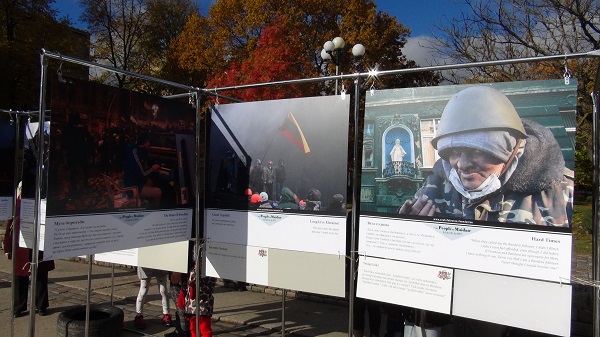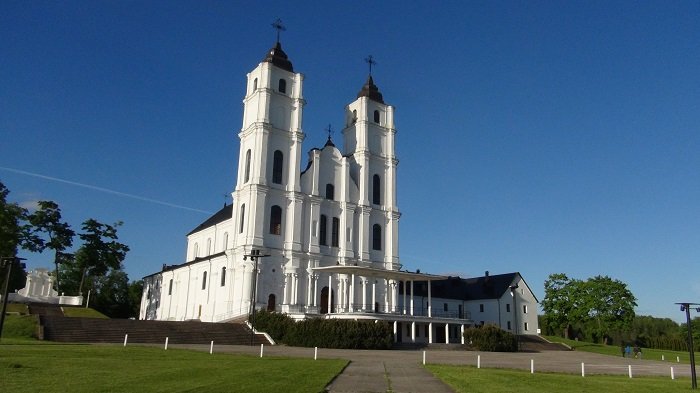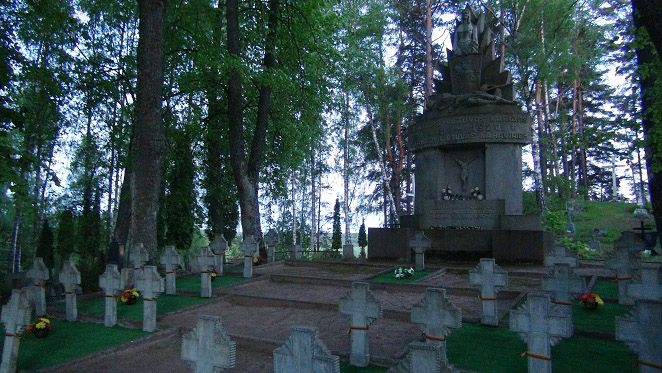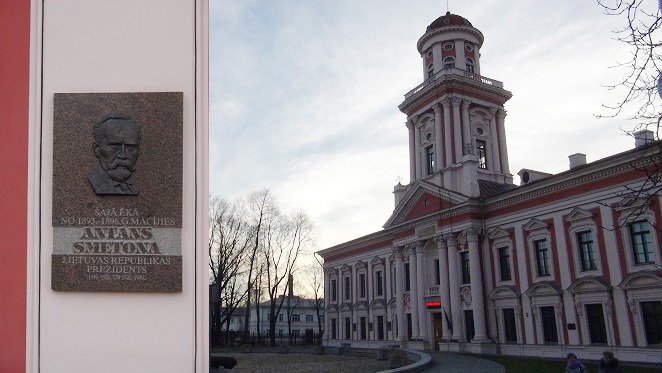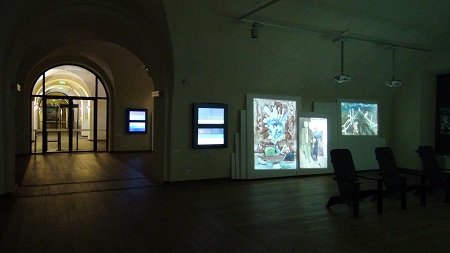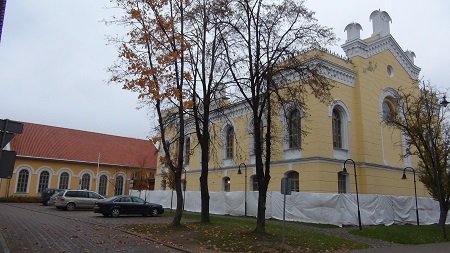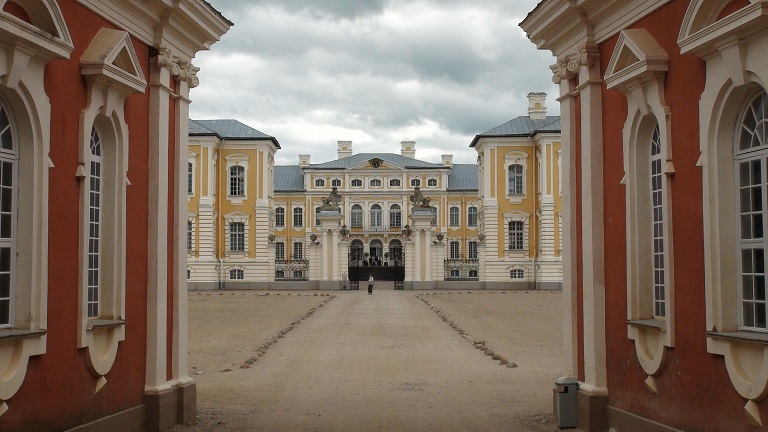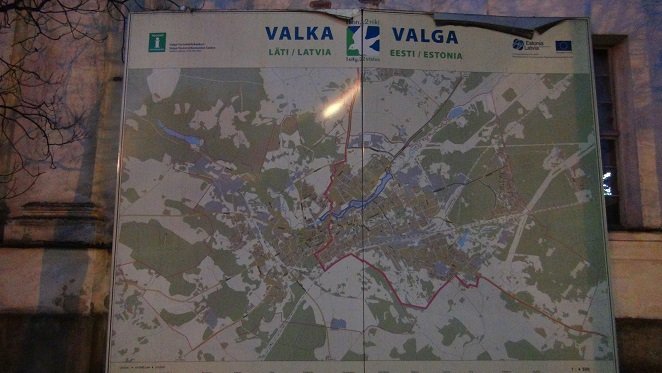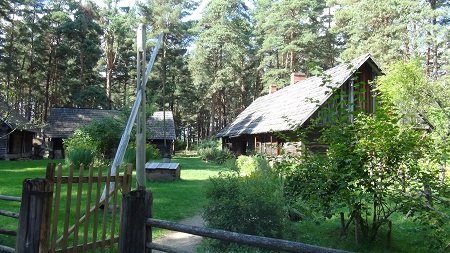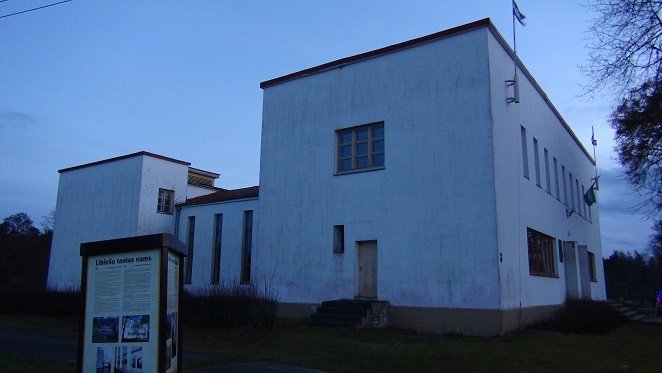Latvia is rather neatly divided into two large groups: the indigenous Latvians, who make 62,1% percent of population, and the Russian native speakers, who make up 37,2%.
The two communities are greatly divided. They have separate political parties, cultural activities, schools, opinions about history, and much else. Latvians cherish their “miraculous independence” and indigenous culture, looking westwards politically, while many Russophones long for the Soviet Union where they had a privileged role.
After all, the majority of Russian speakers in Latvia are ethnic Russians who came as settlers during the Soviet occupation (and their descendents). In total, Russians make up 26,9% of population.
The remainder of Russophones consists of Latvia‘s other minorities which were unable to withstand the Soviet russification policies, gradually joining the Russophone „nation“. Merely 0,7% of Latvia‘s population speak some other language than Latvian or Russian at home, even though 11% of its population are neither Latvians nor Russians.
The largest among these smaller primarily Russophone ethnic minorities are Belarusians (3,3%) and Ukrainians (2,3%), both descending from the Soviet settlers. Poles (2,2%) arrived in the pre-modern era of Polish-Lithuanian influence over Latvia. Some Lithuanians (1,2%) are indigenous while others were attracted by Latvia being the center of Baltic States (especially true in the 19th century).
Several once-major Medieval minorities have been largely lost to assimilation, emigration and genocides. This includes Jews (0,3%), Germans (0,1%) and indigenous Livonians (0,02%).
Furthermore, Gypsies make up 0,3% and Estonians 0,1% of population. With the affluence of modern Latvia other (non-traditional) minorities increased to 1,3%.
All-in-all, a diagram of Latvia‘s ethnic composition over the past few centuries looks like some sad roller coaster ride (knowing that the most radical declines and inclines were made by expulsions, murders, and colonial settlement rather than voluntary decisions).

